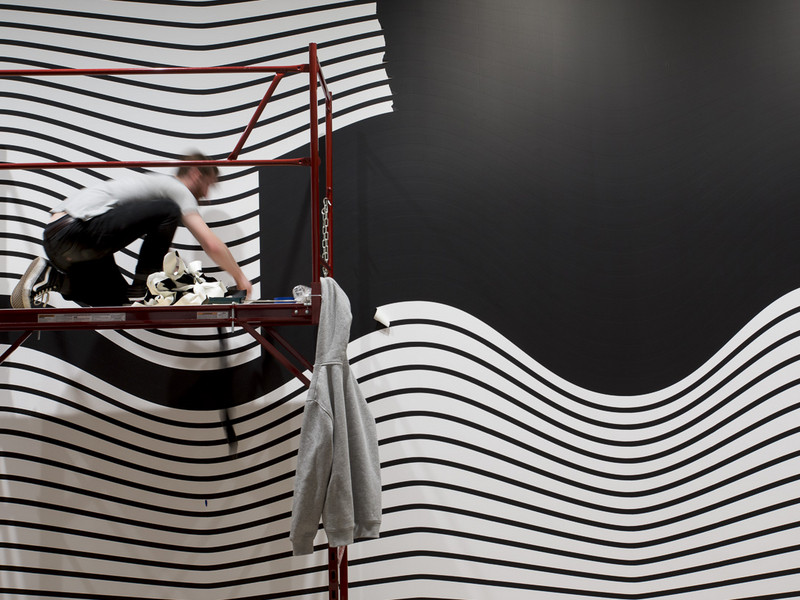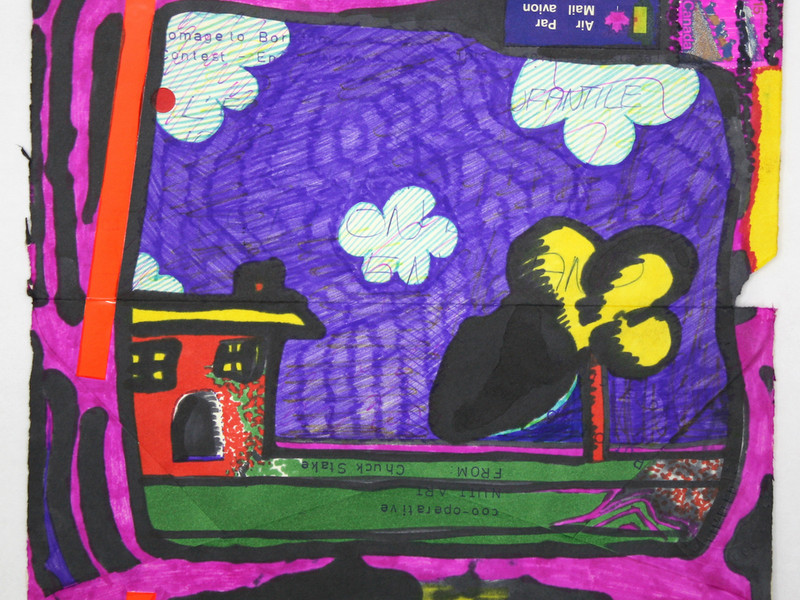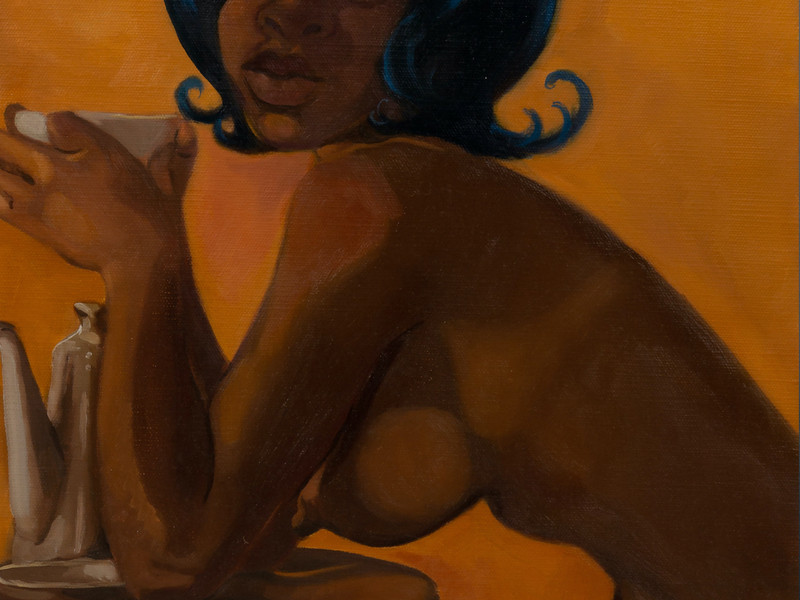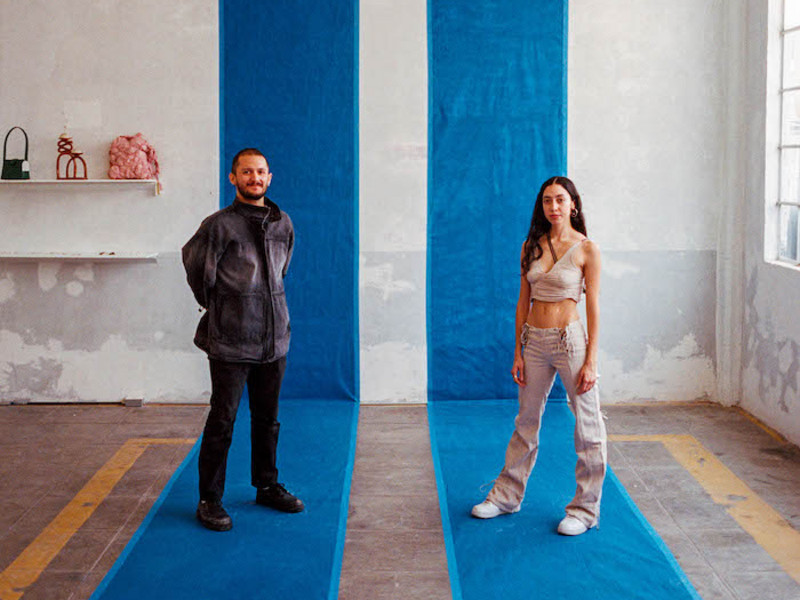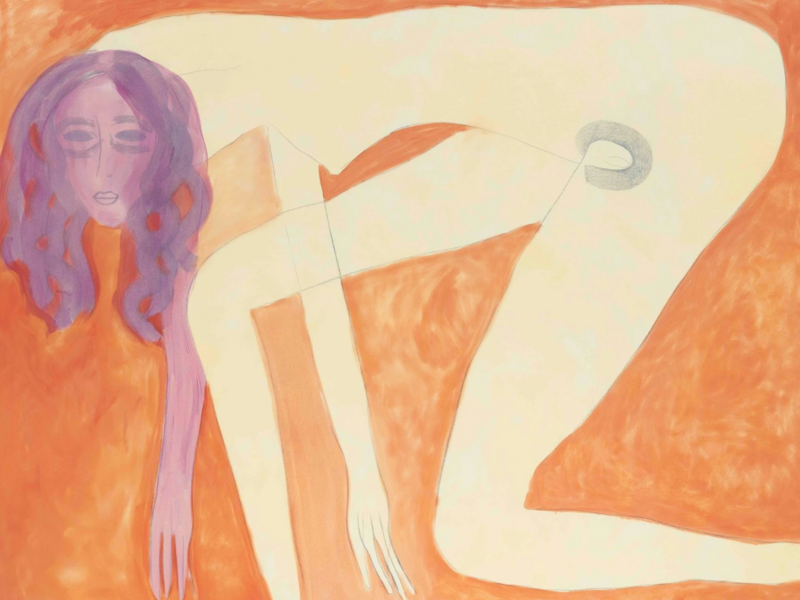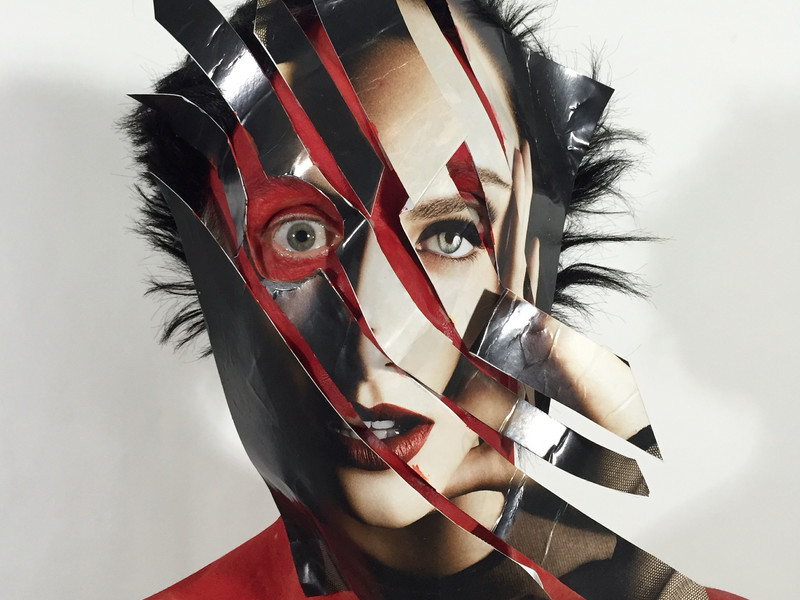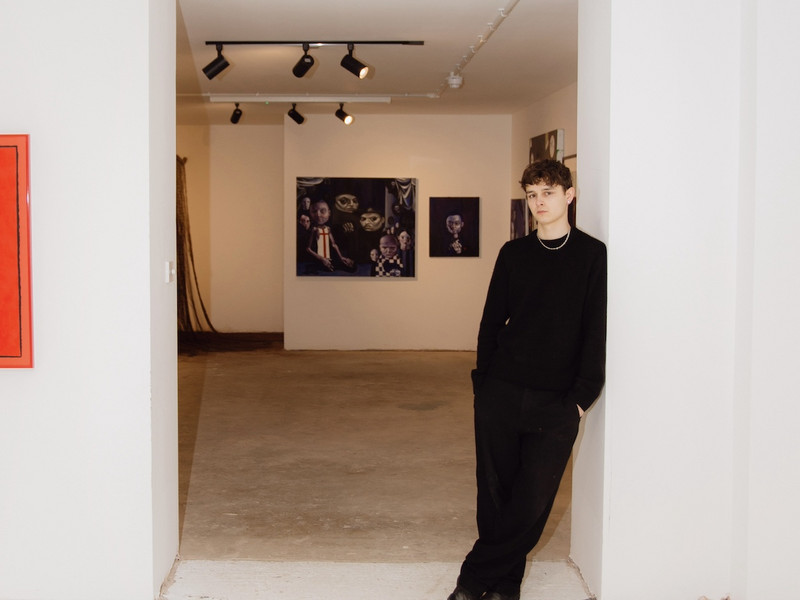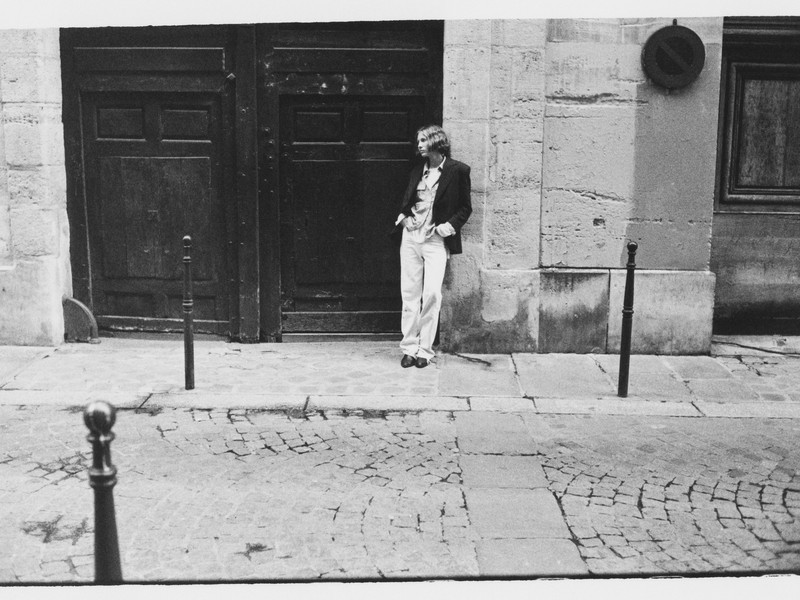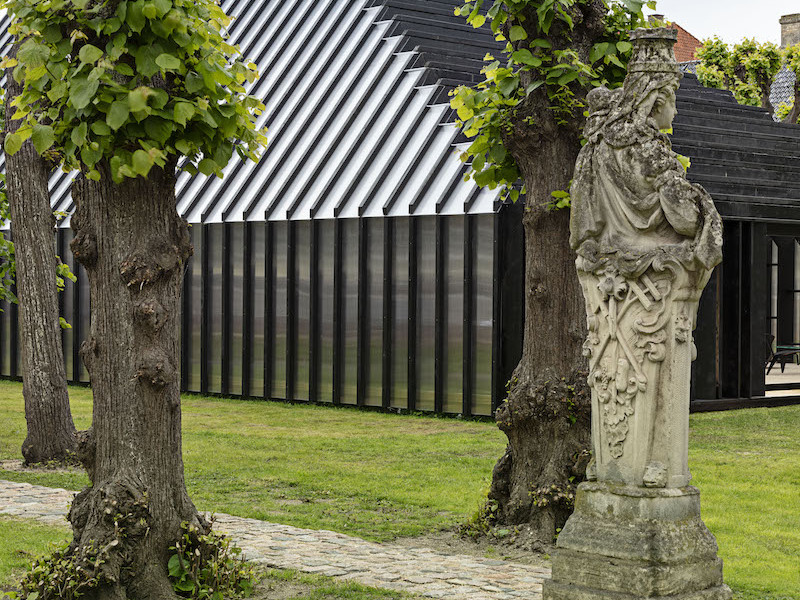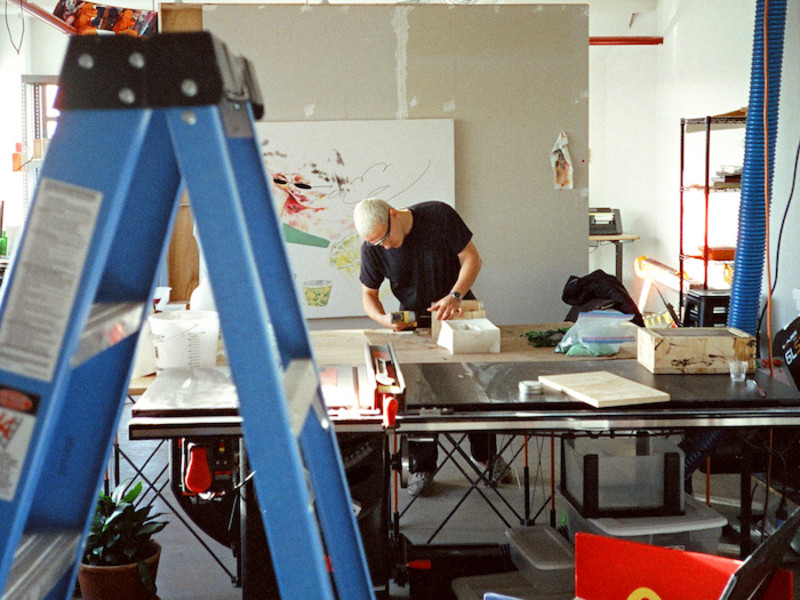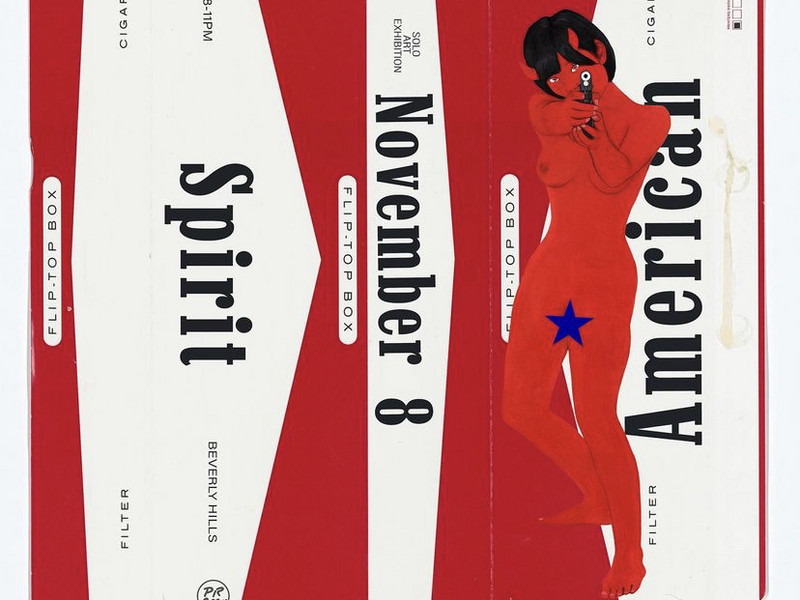Lucien Smith Serves The People for Adidas

What was the point in your life where you realized that 'Serving The People' was necessary?
I guess I was just going through my own hardships with understanding and for me, I went to art school unaware of the art market. And I guess outside of school, I kind of had an accelerated career where I sort of had to learn all these lessons, and sort of seeing behind the curtain of something I didn't really know existed. And at a certain point, it kind of took all the fun out of it for me. I started to look for something that I could use my skillset with that maybe had more resonance, more responsibility to society, and to the people in my life. And, you know, my community, and that's slowly formed in STP. It was definitely not something that happened overnight. It's definitely been a process and STP is still sort of developing and figuring out at its core what the future is. But at the very minimum — the base foundation of the mission is to really create a healthier creative world and to sort of allowing more accessibility for artists, especially the young and emerging.
And what does a healthy and creative art world look like to you?
I think one where we all have equal footing in. And that artists are at first and foremost, the ones that are being respected and being cherished, and not the galleries or the collectors. But, you know, the creators. And I think at this point now, you know, the important "artists" in the world are the ones that have the highest selling prices or show at the best galleries. And I don't think that's necessarily a world that I wanted to go into. And I don't think that's a world that a lot of artists that I share community with enjoy either.
Nice. so 'Serving The People' is about eliminating the barrier within the art world?
I think it's reinventing what we think the art world is. You know, I think that the art world, as it is today is not one that I want to adopt, right. Or not one that anyone that I know wants to adopt. And so we want to create a new art world and replace the old one. So it's definitely not an alternative. Our plan is to create a better one.
Can you give concrete examples about how you're breaking down these barriers, and what impact has it had within the art community?
Right now, our focus has been just purely on the community and linking those communities internationally, and throughout the United States. And DFA shows was one of the ways that that sort of came together and really started to build that core of a thousand artists and more. They sort of gave us the platform — more now artists are approaching us and wanting to be involved. And so, now that we have sort of linked that community together, we are building a platform for that to exist for those artists to really be able to not just for us to handpick the artists that we work with, but for them to be able to feel free, to create their own programming, publish their own artworks. And a lot of the software, a lot of the functionality of that comes from the recent developments with the sort of blockchain technology.
And so STP, I hope is just one of the many new marketplaces and that, that, that spawn from this revolution, um, that all linked together on this same software that makes it possible for artists to enjoy, you know, some of the benefits of what the blockchain has shown us with digital art, as far as smart contracts and artists ownership, and really like inventing a new way for collectors to not necessarily manipulate the market and still enjoy a lot of the benefits of collecting young art. But at the same time, the first and foremost is protecting young artists and giving them a place where they feel that their work is being healthily shown and shared, and for them to have a community and not have this sort of like a competitive speculative market that runs that sort of operation.
What do you think of NFTs and the market of NFTs, and getting young artists into that?
I think NFTs have really exposed to me, what's more important than an NFT is the blockchain. The security and the democratization, and the transparency that something like that can provide. I think NFT with the first example, I do think NFTs are a really good way of artists being able to share their vision and introduce their imagination and build careers from that. Because a lot of artists can't afford studio spaces and can't afford artist supplies. And NFT is like a really easy way for them to sort of put that vision into that. So it's a consider NFT as a new media, you know, and I see the next generation of artists — instead of struggling to try to find a studio space or, making ends meet with trying to get oil paint and things like that, putting a lot of their vision in the NFTs and sort of building a following and an audience. And then, entering into the studio practice.
It's visibility, right. There's so many platforms now where you don't have to live in New York city to necessarily gain notoriety, as an artist. That's something that I think spawns from the very early days of even computing the idea that one could work from home and run a business, not from a major city, but from somewhere more rural. And I think that's starting to happen. I think blockchain is finally allowing us to be able to use the internet in a much healthier way than it was that it has been. You know, imagine if the rolling stones had YouTube, and didn't have to sign to a label and how amazing it would be for them to rapport and to share their music instantaneously.
So how has the impact of 'Serving the people' had on you, emotionally and internally as well?
It's gratifying, you know, I think that I often, when speaking to people at STP we've been thinking about how we had an online marketplace for art when people laughed at us and said "art will never sell online."And now you see galleries starting to switch to creating platforms and through the pandemic, they have sort of have expedited that online viewing room. And so I think we've always been ahead of the curve. And so we're not so in a rush to necessarily evolve our current existing platform, but more, 20-10 years ahead of the game with trying to really build something that can link all of those platforms together.
Can you tell us about the specific initiative you're working with this time around for Adidas?
I've always thought of STP as a way to sort of use a lot of the commercial strategies, like, you know, the marketing strategies to sort of push our mission across. Adidas was very supportive in the idea that if I was going to do a sneaker, which was very commercial, I'd allow my community to participate in it. So from hiring, from finding Rick Rochet, and having Rick being able to sort of bring together his community as the star of the operation, that was really like a really good example of how STP works. We want to work with brands, you know because obviously, they want relatability, and they want to be able to evolve and tap into these sort of micro pop-cultural communities. And STP is that, you know, it's not an agency, but we have access to so many artists that do certainly a great thing. Or if we can sort of funnel them into these creative projects that we're working on and using these brands as like a platform with a high audience to sort of highlight them — that's like mission accomplished there for us.
Why this specific silhouette? And why make a shoe over anything else, like a t-shirt?
I think that was more on their end, that was more something that they wanted and they wanted to move a certain model. So I'm fine with having to work within sort of these sort of regimens. When you give someone free creative control, it's almost scarier because it's like 'Oh God, I got to like really think about this.' But when they're saying like Oh, you wanted a sneaker, that limits the amount of thinking I have to do— which made my job a little bit easier. Then obviously, you know, just doing a sneaker wasn't enough for me. I really wanted to do a film and I wanted to not take myself too seriously, you know? And that's why the film has this sort of slapstick self-deprecating vibe to it because I think artist takes themselves way too seriously. And I wanted to do a fun project and like help an organization, but also like art is supposed to be fun. It's not supposed to be so rigid and it's not supposed to be such a transactional process. So the film really helped to show you know, that we're here to have fun and, connect, and enjoy ourselves.
It seemed really funny and just like definitely a different side of you — you seem very serious.
I take what I do seriously, but what I do isn't serious. You know, it's art, it's creative, it's fun. And like that's a lot of what STP has brought back to me. It's that sort of like inspiration and sort of that mentality of 'I want to be enjoying what I'm doing first and foremost, but I'm going to spend my life doing it.'
Can you tell us about the film? You have people like Julia Fox and a great cast in it. How did you come together to make that?
Well, yeah, STP actually is hosting. We hosted one, but it's sort of gone on hiatus for a second as it's summertime, but we're hosting a podcast series of Julia. So she's entered into our community. And she really expressed— she came to us and really expressed interest in being involved. And we love that. So just naturally, you know, it came to fruition that she would star in this film with us.
Right. What is next for STP?
We are building a new marketplace that runs on a software that I think is really gonna help connect a lot of these digital marketplaces that are separated right now. We are also starting to really branch out and start to create a network of contributors, photo, and photojournalists, writers on our sub stack platform and allow for people to freely upload content. Whether it's photo galleries, or articles, or essays. So you'll see a contributor call-out, um, going live soon. And that's really exciting to me because I feel like we spent a lot of time building the platform, but not a lot of time really allowing for other types of artists, not just painters and sculptors to have a place where they can share their content.
